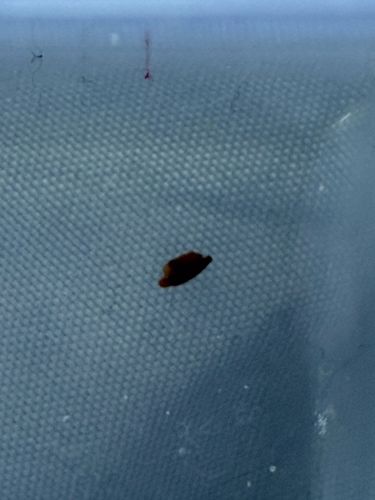Bed Bug
Scientific Name: Cimex lectularius
Order & Family: Hemiptera (true bugs), Cimicidae
Size: 4-5 mm (adults)

Natural Habitat
Primarily human dwellings, especiallybeds, mattresses, bed frames, and cracks in walls; also found in furniture, luggage, and clothing.
Diet & Feeding
Strictly hematophagous, feeding only on blood, primarily human blood.
Behavior Patterns
Nocturnal, typically feeding at night while humans are sleeping. They are attracted to carbon dioxide, warmth, and certain chemicals. They hide in crevices during the day. Females lay eggs in secluded places.
Risks & Benefits
Risks: Bed bugs are considered pests. Their bites can cause itchy welts, skin irritation, and, in some cases, allergic reactions. They can also lead to secondary skin infections from scratching and, for some individuals, cause psychological distress, anxiety, and sleep deprivation. They are not known to transmit diseases to humans. Benefits: None known for humans or the ecosystem; they are solely parasitic.
Identified on: 9/27/2025